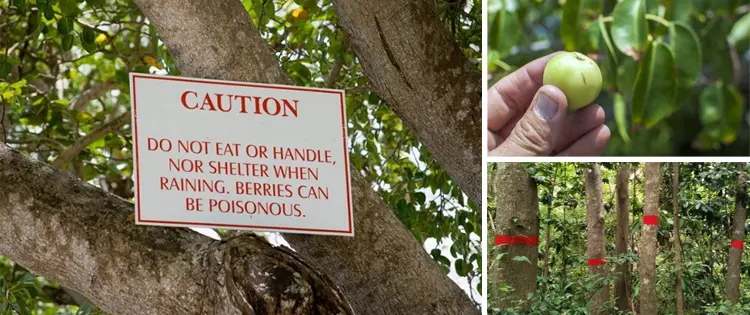Within the warmer climates of the world lives one tree that you do not want to hug.
“While camping in the woods close to the shoreline, you stumble across a luscious tree that is filled with small, juicy green apples. Hungry from a long trek, you sneak a small bite and find the fruit is sweet to the taste.
You eat the apple while resting under the branches against the trunk of this large tree. You would doze off and enjoy an afternoon nap if it wasn’t for the strange burning sensation you begin to feel in your throat.”
Although you may be tempted by the small, sweet, apple-like fruits, or the ominously shiny leaves of this tree, if you were the one in this story, you would soon discover that you made a grave mistake.
The soreness in your throat would become unbearable, and you would quickly find it difficult to breathe. The throat pain would give way to excruciating abdominal discomfort, and you could even find yourself struggling with an onset of sudden blindness.
Furthermore, you would soon find your skin filled with blisters, and you would be in immense pain.
Although considered endangered, it still exists in many areas, and the Manchineel tree is harmful to anyone that comes into contact with any part of it. Learning to identify the Manchineel tree may save you a lot of pain and suffering and could even save your life.
Here is how to identify and avoid this highly toxic green-leafed killer:
The Manchineel Tree: The Most Dangerous Tree in the World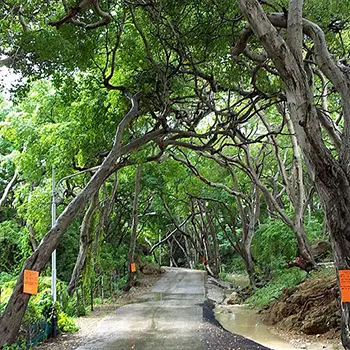
The Manchineel tree is a tropical plant found in the sandy soils of Florida and other warm climates around the globe.
Common in the Caribbean, South America, and even Southern Florida, this tree packs a serious punch.
Eating the delicious fruit of this tree, touching its bark, or even breathing the air around it can lead to excruciating pain, organ damage, and even death.
While many of these trees wear warning signs, some may still grow freely, especially in remote areas that tend to be uninhabited. Manchineel trees are a member of the splurge family, and for a good reason, they hold the world record for the most dangerous tree to exist.
The Sum Of All Parts: Poisonous Properties of the Manchineel Tree
While all parts of this tree are harmful, the sap that the tree’s trunk exudes is incredibly potent. This sap is so powerful that even the slightest contact with human skin is sure to cause blistering, and blindness has occurred when it touches a person’s eyes.
According to the Guinness World Records information page, standing under this tree to shelter yourself from the rain can cause severe blistering if a raindrop containing sap touches your skin.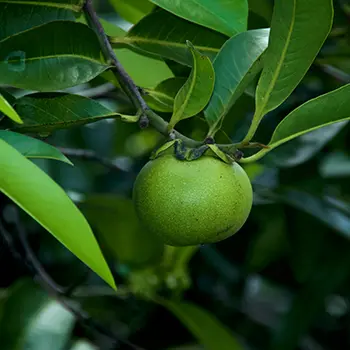
Along with the deadly sap that resides within this tree, the Manchineel has small green fruits that are deceptively sweet. Unfortunately, even a single bite of this forbidden apple-like fruit will cause blistering and severe pain. Taking a bite from a Manchineel apple may prove to be a fatal last meal.
Even if you are not eating the pleasant-looking fruits, the destruction of this tree holds its own dangers.
Burning a Manchineel tree causes the poisonous properties to release into the air. The resulting smoke from a burning Manchineel tree can cause blindness and irritation in those nearby.
The Food and Agricultural Sciences Institue in Florida (IFAS) advises that interaction with or ingestion of any part of the Manchineel tree may be lethal. This includes the bark, leaves, fruit, and milky sap.
Symptoms of Manchineel Poisoning
All parts of the Manchineel Tree can cause symptoms and may even lead to death. Common effects of interaction with any of a manchineel trees elements include:
- Contact dermatitis
- Blistering of the skin
- Irritation of the eye and temporary blindness
- Severe gastrointestinal symptoms (if ingested)
- Death
While there have been no deaths associated with Manchineel poisoning in modern times, biting into the small apples that adorn this tropical tree would leave you with a burning sensation that makes eating a ghost pepper seem welcoming.
Eating Manchineel fruit will also lead to severe gastrointestinal pain accompanied by bleeding, swelling, bacterial infection, or airway obstruction.
How To Identify A Manchineel Tree
Knowing how to identify a Manchineel tree can be crucial to survival as all parts of this tropical tree are poisonous.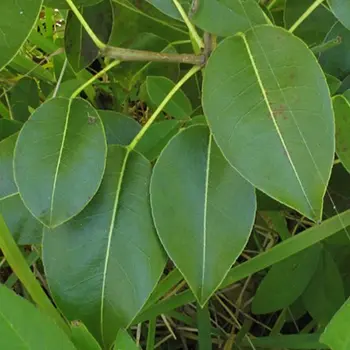
The Manchineel is a deciduous tree with reddish-gray bark and small greenish-yellow flowers. The leaves of this tree are approximately 2-4 inches long. They are glossy green with finely serrated teeth. The Manchineel tree can reach up to 15 meters in height.
The small fruit that adorns the Manchineel tree is similar to an apple in appearance but holds a much deadlier bite. The fruits of the Manchineel tree are greenish-yellow when ripe and resemble small crab apples. Like all the other parts, the fruit of the Manchineel tree is highly toxic, and ingestion or contact should be avoided.
Identity Fraud
The Manchineel tree has long been called “the little apple of death,” the small yellowish-green fruits of this tree can easily be mistaken for well-known and often well-loved crab apples. These trees and the apples that grow on them are very similar to crab apples and can easily be mistaken as such.
Unfortunately, anyone who dares to eat these tiny, green apples will soon realize their mistake.
Uses For This Highly Toxic Tree
The Manchineel tree is highly toxic and has been used for centuries as a form of torture during war times.
Throughout history, parts of this plant have been used to aid armies in overcoming enemies. For example, some accounts say people were tied to this tree as a form of torture because the bark would cause severe skin blistering.
There is also evidence of armies creating poisonous arrows from Manchineel trees. Using the sap or its components to taint the enemies’ water was also common during the Spanish war and other times of turmoil in history.
Despite its terrifying toxicity, the Manchineel tree does have medicinal properties and uses.
For example, the dried fruits are sometimes used as a diuretic, and the gum of the tree has been used to treat edema and is often used to treat venereal disease in Jamaica.
The Manchineel tree also plays a vital role in the ecosystem by protecting the coastlines on which it grows. During hurricanes, the strong roots of this tree, which run deep into the ground, aid in preserving the land around them and preventing erosion.
The Manchineel tree is home to one type of lizard, the black spined iguana, who lives among the toxic branches and eats the deadly fruit, but it is highly toxic to all other species.
Since this tree grows on shorelines, it does not rely on animals eating the fruit to spread the seeds. Instead, the Manchineel tree deposits its fruits into the water, where they are gently carried off to their new resting place.
Warnings and Safety
It is best to avoid the Manchineel tree whenever possible. These trees are considered highly toxic and can cause injury.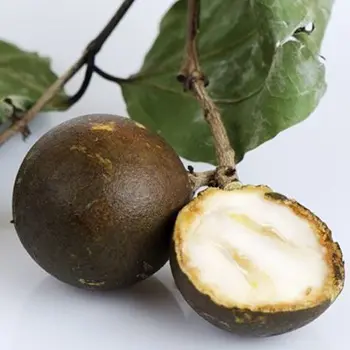
While Manchineel wood is sometimes used to create highly prized furniture, it requires a careful and calculated drying process before use.
The use of Manchineel wood should only be done by a highly trained professional.
Furthermore, the burning of a Manchineel tree will lead to the toxins being released in the smoke of the burning wood and may cause blindness or illness in those close by. Because of this, burning down a Manchineel tree is not recommended.
While most of these trees are marked, you may still find one growing in your yard if you have recently moved to a rural area. If you happen to encounter a Manchineel tree on your property, you should contact a professional arborist to remove it.
Touching this tree or burning it can lead to serious health effects, so it is best to turn to professionals for safe removal.
Manchineel trees are considered one of the most dangerous trees to exist and should be avoided when possible. If you encounter a Manchineel tree and come into contact with its poisons, seek medical help immediately by calling 911 or visiting your local emergency room.
This article first appeared on Ask A Prepper.
You may also like:
Strange Gardening Tips And Tricks That Really Work
What You Should Do Immediately When You Find An Alligator Tree? (Video)
The One Tree That Every Homesteader Should Plant
An Emergency Slush Lamp Hack Using a Torch Plant Leaf
1800s Pioneer Items You Should Still Have At Home

